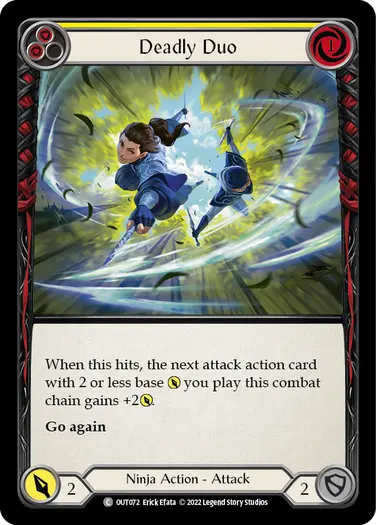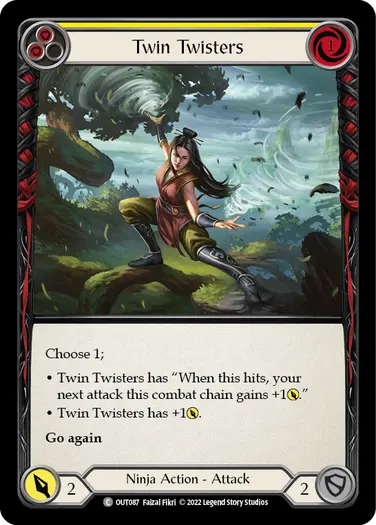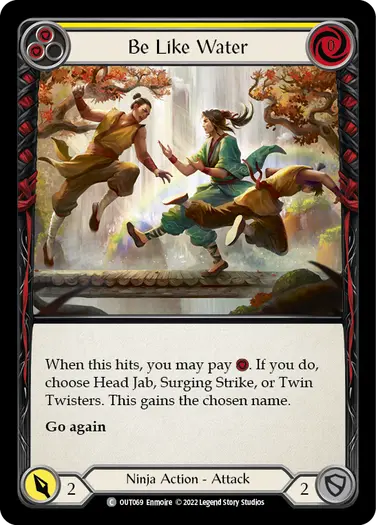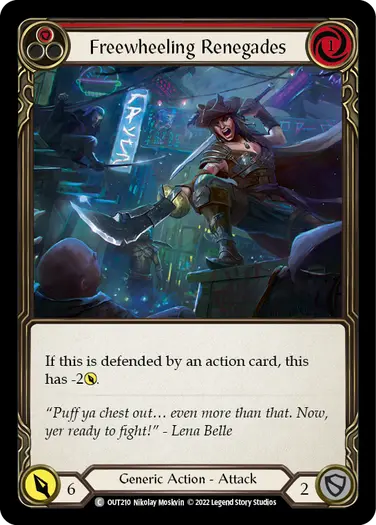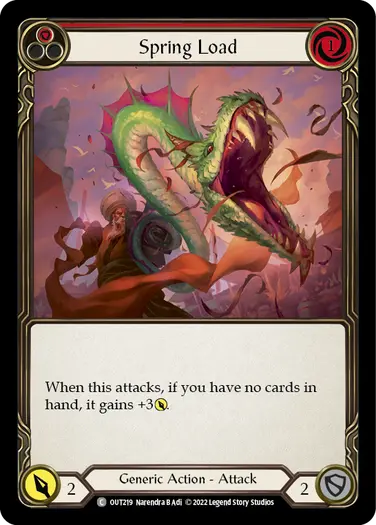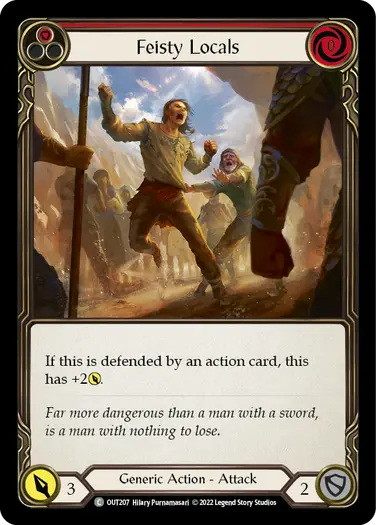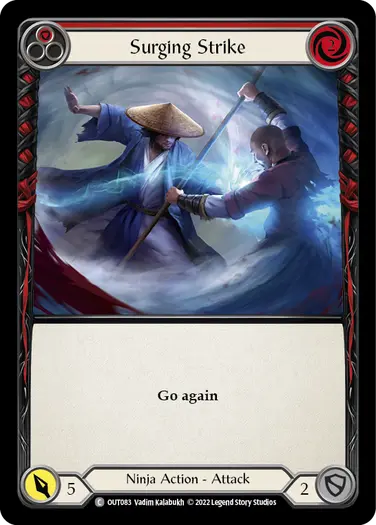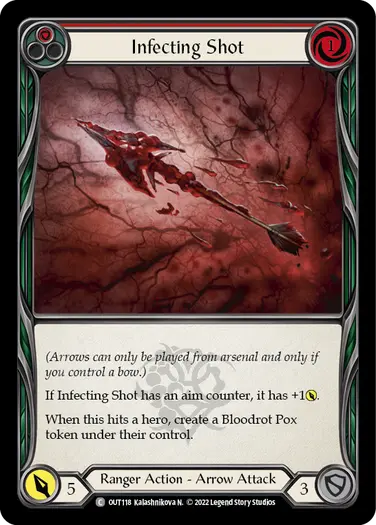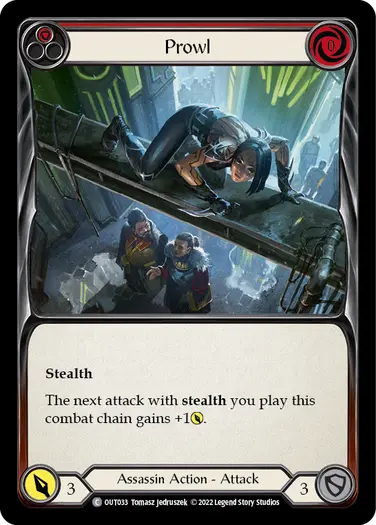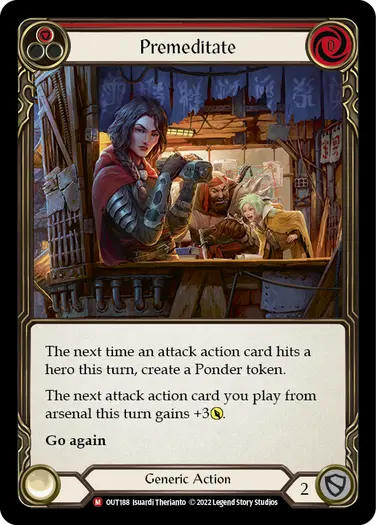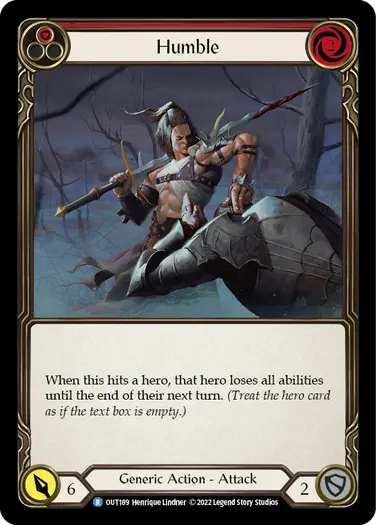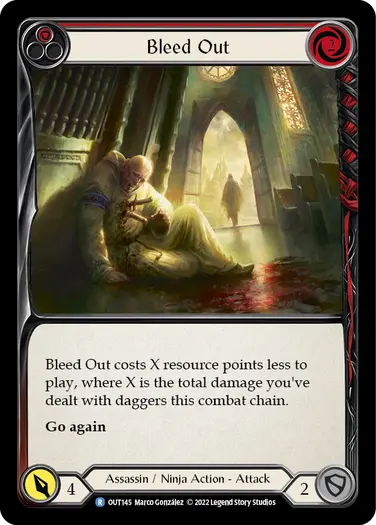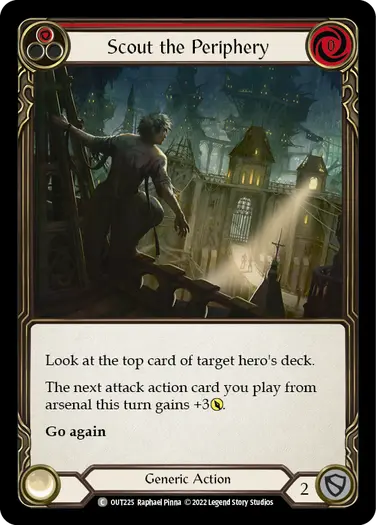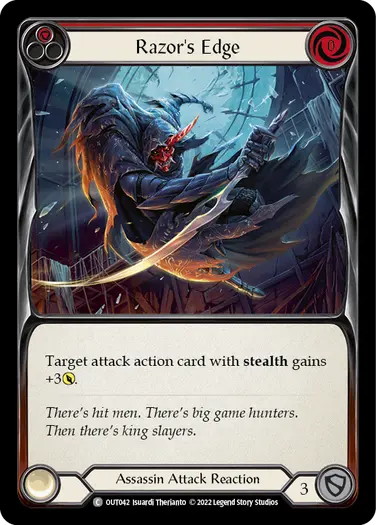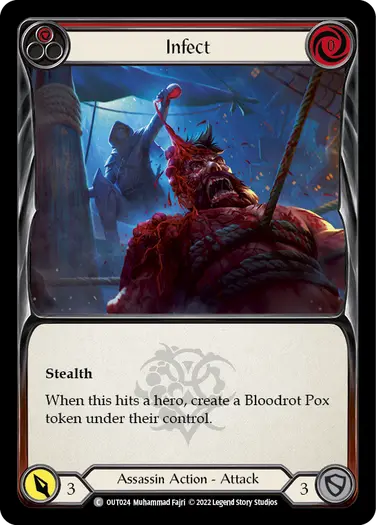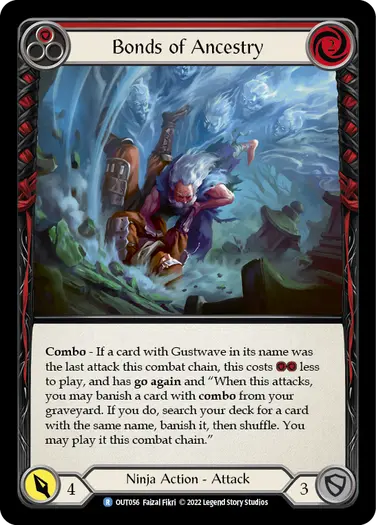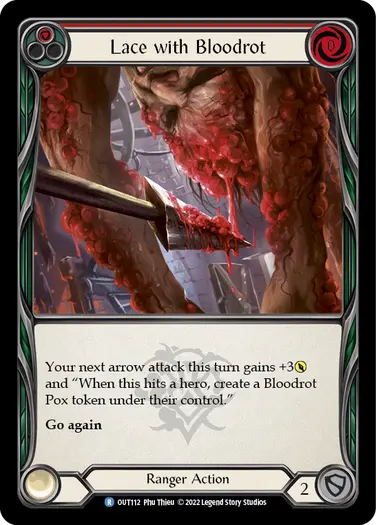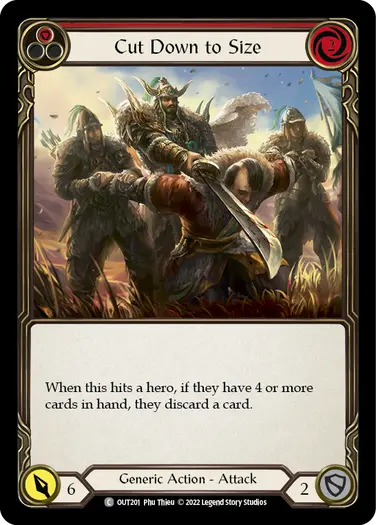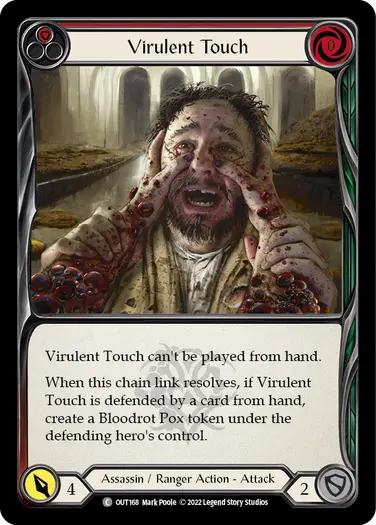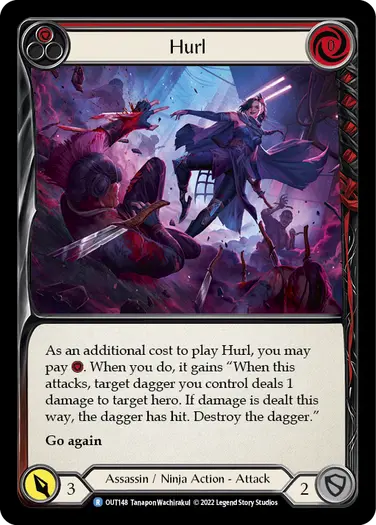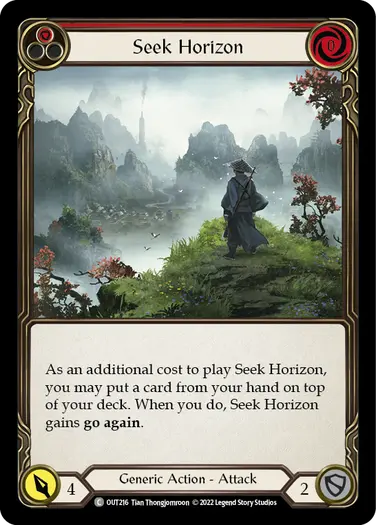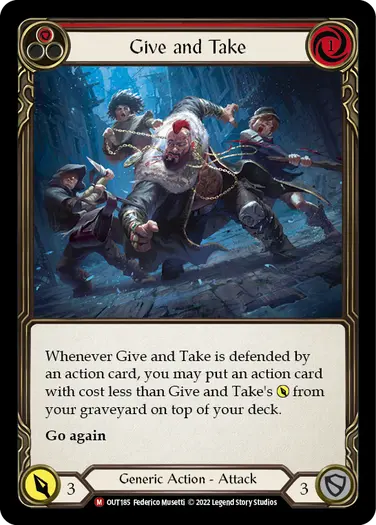Tariq Patel is a professional competitive player, winning US Nationals in 2021, and Canadian Nationals the following year. He can often be found at the high end of the standings at premiere events, such as a top 16 finish at Pro Tour: Baltimore.
Although drafting is a silent process, there is a plethora of communication that goes on between players at the table, specifically with the people to your immediate right and left. One of the most important things you can do is to be able to both read and send proper signals in order to give yourself the very best chance at being the 3-0 in your pod.
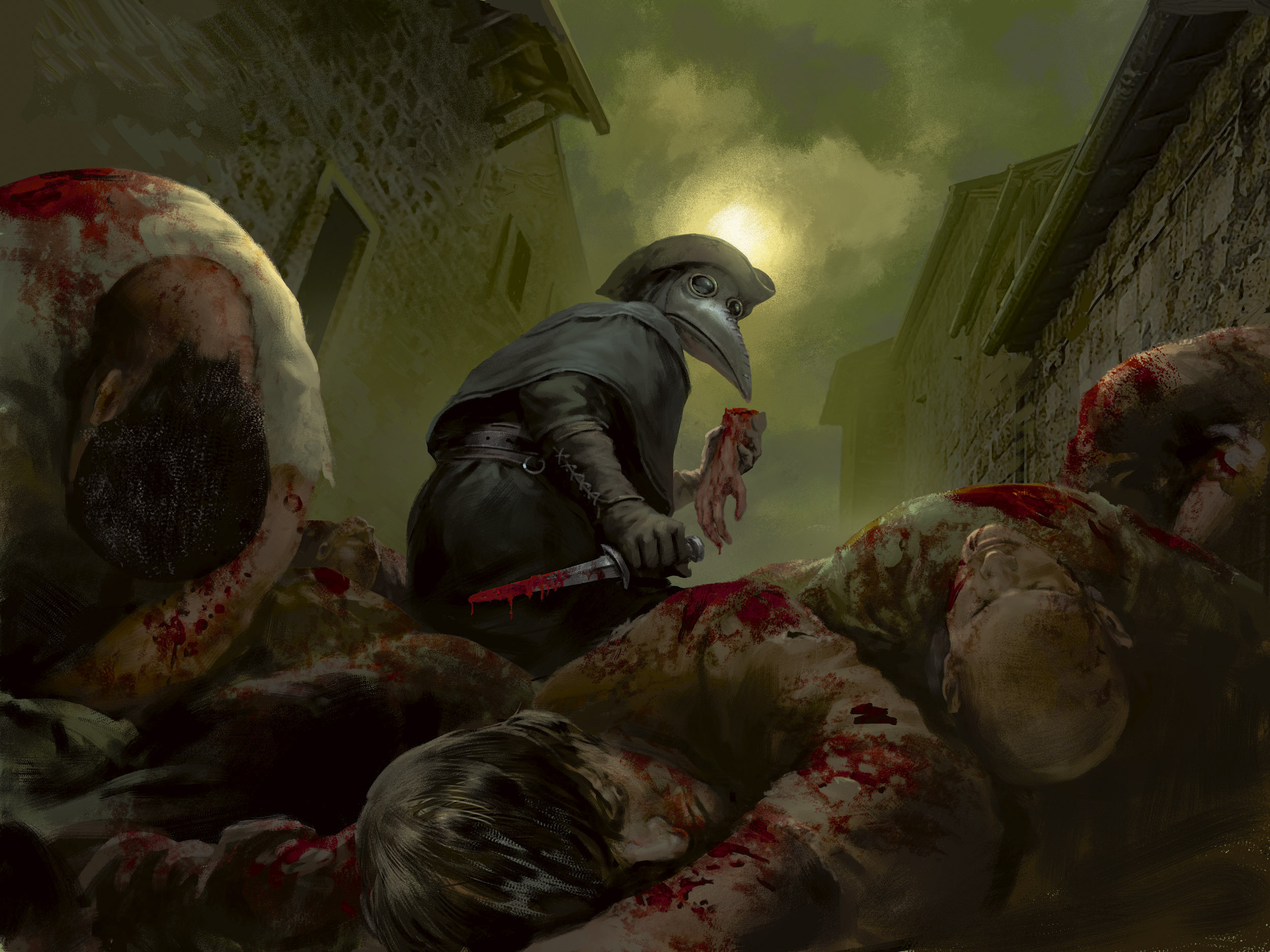
Step 1: Card Evaluation
Before you can master anything you must first conquer the basic building blocks. With respect to drafting this means having a rock solid foundation of card evaluation. In general, card evaluation involves assessing the raw value of each card in the pack and its potential impact on your deck. Earlier in the draft your evaluation should be more focused on the power level of every individual card in a vacuum, while later picks should become more contextual in nature, rounding out the holes in your almost completed deck.
When assessing a card it’s sometimes obvious when some are simply more powerful than others, and it’s important to identify them during the drafting process. High-powered cards can swing games in your favor, so when you see one, you should consider taking it even if it doesn’t perfectly fit your strategy.
In addition to power level, a card’s synergy can also be particularly important, oftentimes leading to a result where the whole is greater than the sum of its parts. This is often seen with Benji, where it is often correct to take yellow attack actions over their red counterparts in order to make full use of Benji’s abilities. It seems like a very obvious first step, but you would be shocked by how many people simply misevaluate basic cards in this draft format.
As an example, at Pro Tour: Baltimore I was wheeling red Freewheeling Renegades, a card that is not only a 2 for 6 in Assassin or Ninja but also demands a block, causing your opponent to lose out on the difference between the defensive and offensive value of their own card. The lesson here is that before you even sit at your draft pod your results are largely determined by your preparation.
Before your next draft, take some time to evaluate cards and create a list of your top commons and rares. Keep in mind that while it’s more important to focus on the process of preparation itself than getting every card evaluation perfect. Your evaluations may evolve as you become more familiar with the set and you come to your own conclusions.
Step 2: Reading the Signals
Now that you have the basic fundamentals of card evaluation, let’s talk a little bit about how to use them to be successful in a draft. There are a couple of assumptions we have to make when assessing signals.
1. People act in their best interest.
2. People are human, and are prone to errors in judgment, yourself included.
When a person first receives a pack of cards and is asked to pick a card for their deck you can bet that they are going to choose what they think is best for their chances to 3-0 the draft pod. This is the biggest factor that signal reading is based on. For example, if you get passed a red Surging Strike, you can almost guarantee anyone else who has seen this pack is not Ninja, because if they were they would take the powerful Ninja common. That is to say they would act first and foremost in their own self interest.
This might sound obvious, and granted I chose an obvious example to illustrate my point, but there are many times where people are passed a clear signal like red Infecting Shot and refuse to move into Ranger due to preconceived notions. When your opponents are trying to tell you something it’s best to believe them.
With that being said it’s important to understand that not everyone is perfect, yourself included. Perhaps there was a reason they passed red Surging Strike. Perhaps there was a Premeditate in the pack, along with a red Humble, and a red Looking for a Scrap. Perhaps your card evaluation is wrong and red Surging Strike is not the best card you could be taking in a Ninja deck. Unlikely in this scenario, but it might be true for other cards you may think are a signal and your opponents don’t.
This brings up an important point where hard signals are reserved for only the most powerful class cards in the set. A good example of this would be yellow Twin Twisters. I value this card extremely high and as a must take for any Ninja deck, but others may not, and as such I may be prone to reading into a signal that just isn’t there.
In a draft, later signals tend to be more relevant. If you receive a strong class card as your second pick, it’s likely the person passing to you may have taken a strong rare or generic card, which means they could still be in any class, including the class of the card you received. Conversely, if you receive the best Ninja common as your fifth pick and the rest of the pack is below average, it’s unlikely the person passing to you is in said class.
It’s important to note that the cards you see in any given pack is not necessarily a signal of what’s open. As the draft progresses, signals carry more weight because you know it’s less likely that there was a stronger card of that class in the pack. View each pick as a single data point rather than looking for justification about any one decision to commit to, because there are many reasons why you could receive a strong card, and not all of them indicate that a class is open.
Additionally, you may evaluate a card differently from another player, so what they think is a mediocre card, you may view as a strong pick. Therefore, it’s critical not to overly weigh any one signal you’re receiving as there will inevitably be packs that send you the wrong message.
Step 3: Sending the Signals
This concept is simple but very powerful when you assume that if what you are doing is optimal, your opponents will also be reading signals in the packs sent their way. This leads to some interesting scenarios and opportunities for you to exploit, and is probably the single biggest factor to me when I may deviate from my objective card evaluation for a contextually weaker card.
For example, let us assume we are in pick 4 of pack 1 and we get passed a pack with two premium Assassin cards, one premium Ninja card and one premium Ranger card. Assuming no other information is gleaned from the pack there is a significant upside to sending the two Assassin cards to your left. When sending two premium cards to your left you are enticing not only the player to your left but also the player two seats to your left, as they will be receiving a premium class pick with no information of what was contained in the pack before it got to them. Furthermore, passing the two premium cards insulates you from being cut in pack 2 as almost assuredly someone to your left will snatch that card up and commit to that class.
This isn’t to say that you should always ship packs that have two premium class cards in it as there are a lot of times when taking one of the two cards is optimal, but it should be something you consider when given the chance as a free equity play.
However, the one flaw is that not everyone will read the signals you send and becoming dependent on your opponent’s optimal drafting could lead to disastrous results. We already talked about how you and your opponents are human, and are prone to errors in judgment but people are also extremely adverse to change. This is anecdotal, but I believe it is much more common that for every one draft where I send a strong signal left there are two drafts where my opponents completely ignore it and are tunnel visioned on their first couple of picks.
While this can be frustrating and punishing, there is no use taking your anger out on your opponents or yelling into the void of Twitter. Your control begins and ends with you, and as such, while you may be sending clear, correct signals to your left, remember that your opponents are just as entitled to any of the cards they see as you are. As such, always have a back-up plan in case things go awry.
Putting it all Together
If you take away one thing from this article let it be this. As a general rule of thumb, for the first four picks, simply take the best card in the pack, regardless of class, with a slight bias towards generics over class cards in order to fully take advantage of any pivot you may make. Furthermore, take note of any significant cards you are passing to your left in order to get an idea of what the persons to your left will be seeing and might commit to. Before making your 5th pick, while observing the pack, you should have a good idea of what the four people to your right are thinking as well as a strong understanding about what the person on your immediate left has been looking at. This should give you a glimpse of what 6/8 drafters at the table are doing!
With that in mind, use the above principles to look for a clear signal from pick 4 onwards in order to fully commit to the class of your choice. When assessing a card, I like to assign an objective number value to each card that I arrive at by taking the attack value of a card and dividing it by the number of cards it takes to play the card. For example, red Seek Horizon would be 4 attack value and 0 resources (1 card) so it would be 4/1 or 4 in offensive value.
As another example, Give and Take would be 3 attack value and 1 resource (1 ⅓ cards) in cost, so it would be 3/1.33 or 2.25 in offensive value. However, in cases such as Give and Take when the block value (3) is higher than the offensive value, you can often use the block value as the floor value of a card.
This type of analysis is predicated on two major assumptions. First, every card uses a blue pitch, and second, that every individual card is evaluated in a vacuum. These are both things that are not true in a grindy game of Flesh and Blood. Nonetheless, it does present a valuable framework to begin discussion. Using this system it’s easier to define what can be determined as a strong signal or not. I consider anything with 4 or more total value to be a very strong signal, depending on the context of the draft.
Good luck to everyone embarking on their Road to Nationals journey, as well as everyone competing in draft side events at the Calling: Antwerp. If you would like to discuss the drafting process further or have your own thoughts to share, my DMs are always open!
